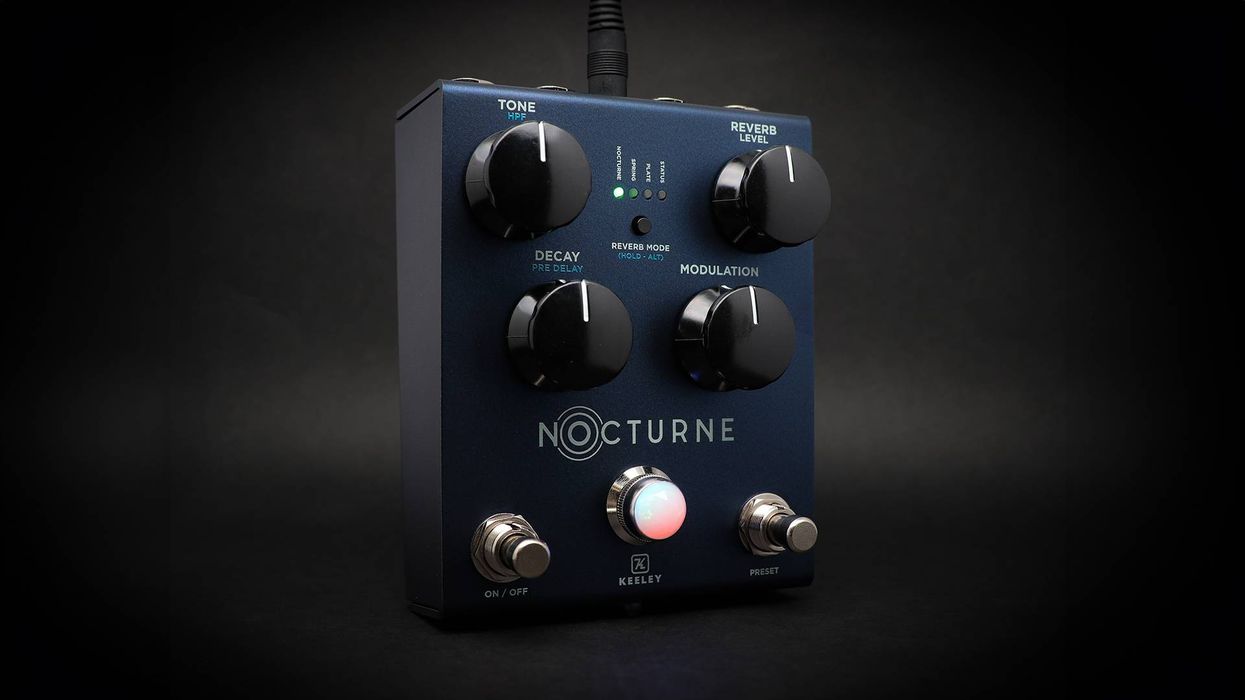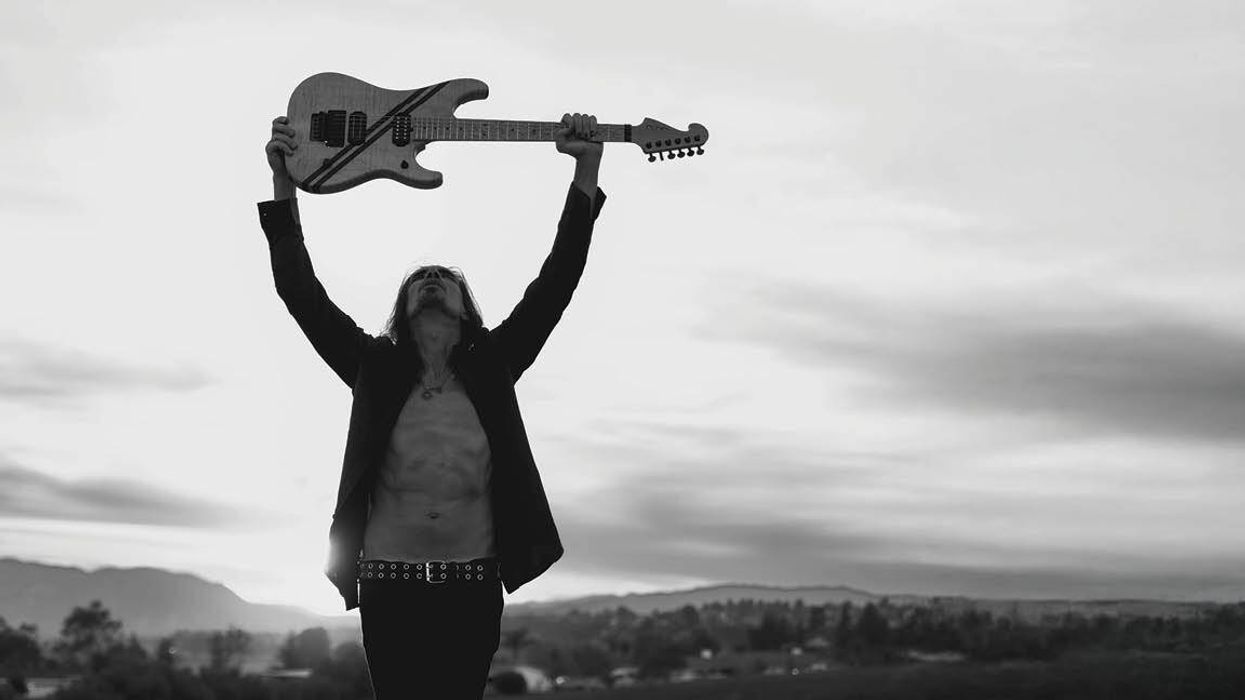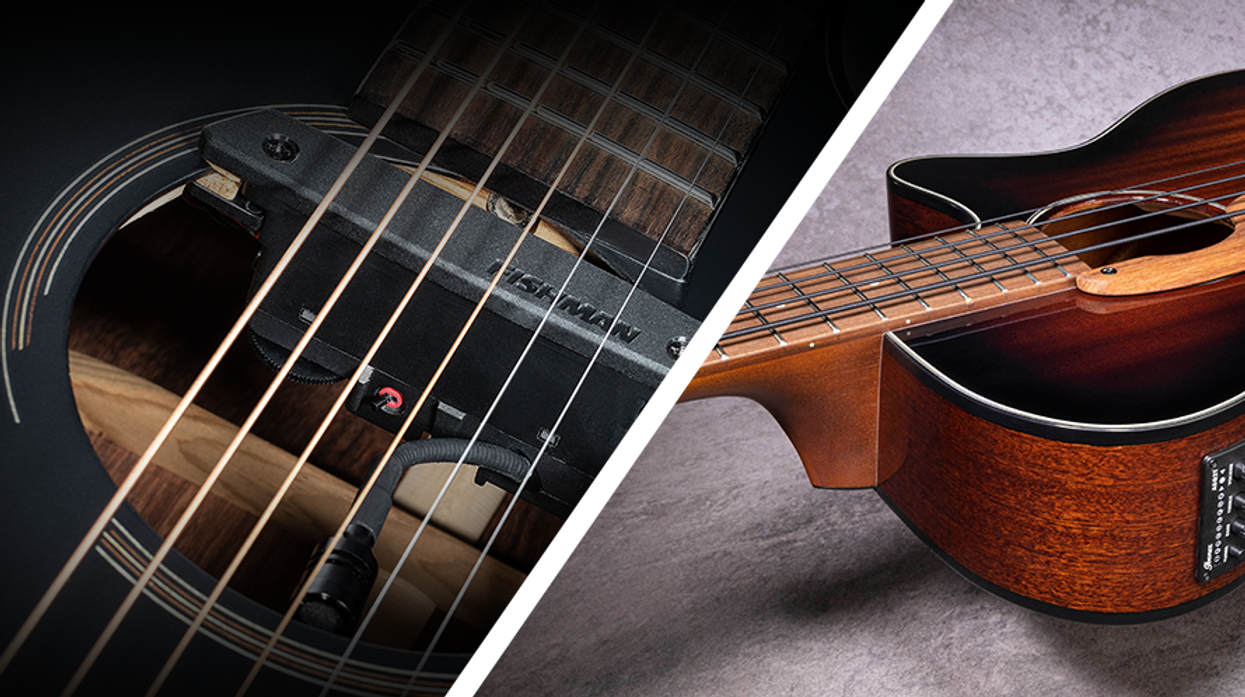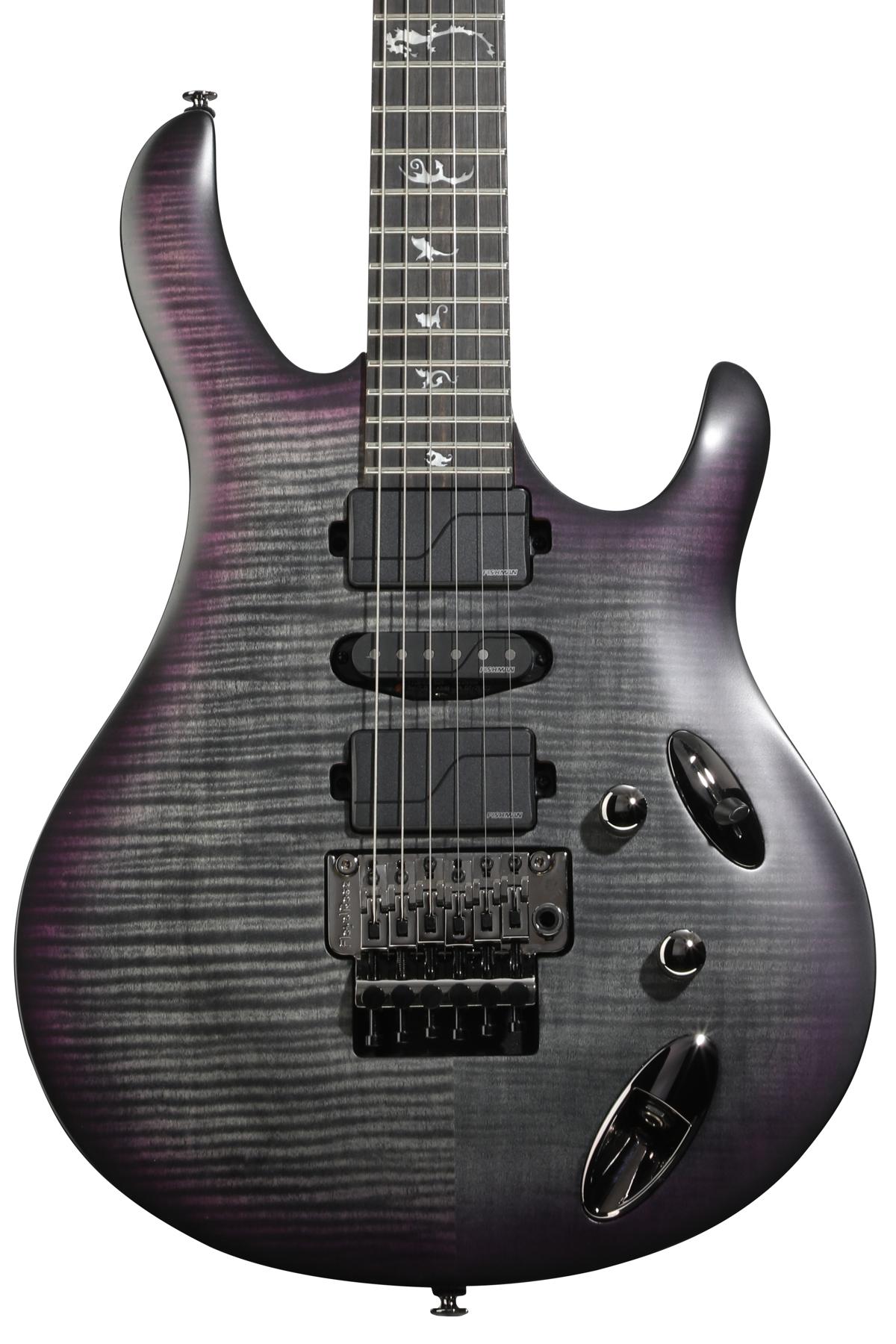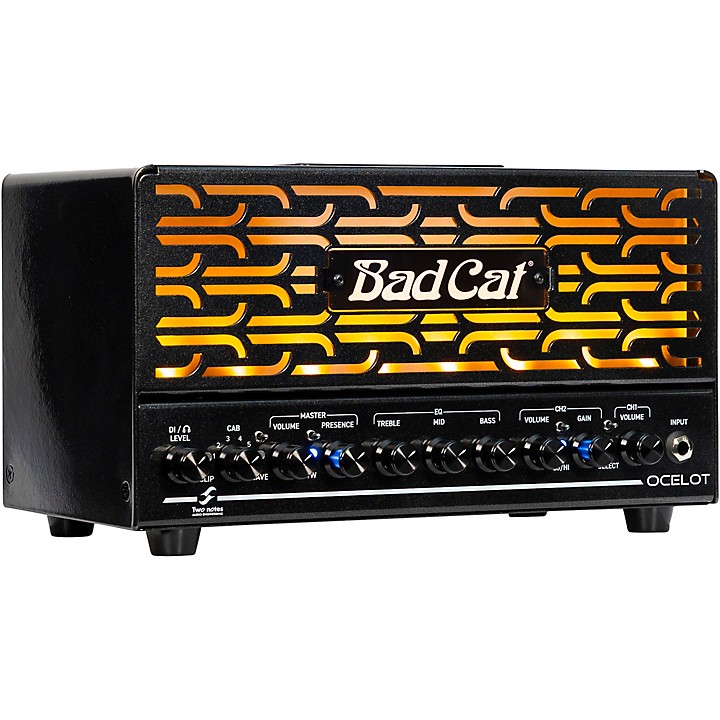PG's Shawn Hammond is On Location in Nashville, TN, for the 2012 Summer NAMM Show where he visits the Martin Guitars booth. In this segment, we get to see and hear a demo of their Retro Series.
For more Summer NAMM 2012 videos or to watch one of Premier Guitar's other 1700 other clips online, be sure to visit https://www.premierguitar.com/video
Summer NAMM '12 - Martin Guitars Retro Series
PG's Shawn Hammond is On Location in Nashville, TN, for the 2012 Summer NAMM Show where he visits the Martin Guitars booth. In this segment, we get to see and hear a demo of their Retro Series. For more Summer NAMM 2012 videos or to watch one of Premier Guitar's other 1700 other clips online, be sure to visit https://www.premierguitar.com/video
By PremierGuitar DefaultJul 13, 2012






![Rig Rundown: Russian Circles’ Mike Sullivan [2025]](https://www.premierguitar.com/media-library/youtube.jpg?id=62303631&width=1245&height=700&quality=70&coordinates=0%2C0%2C0%2C0)







